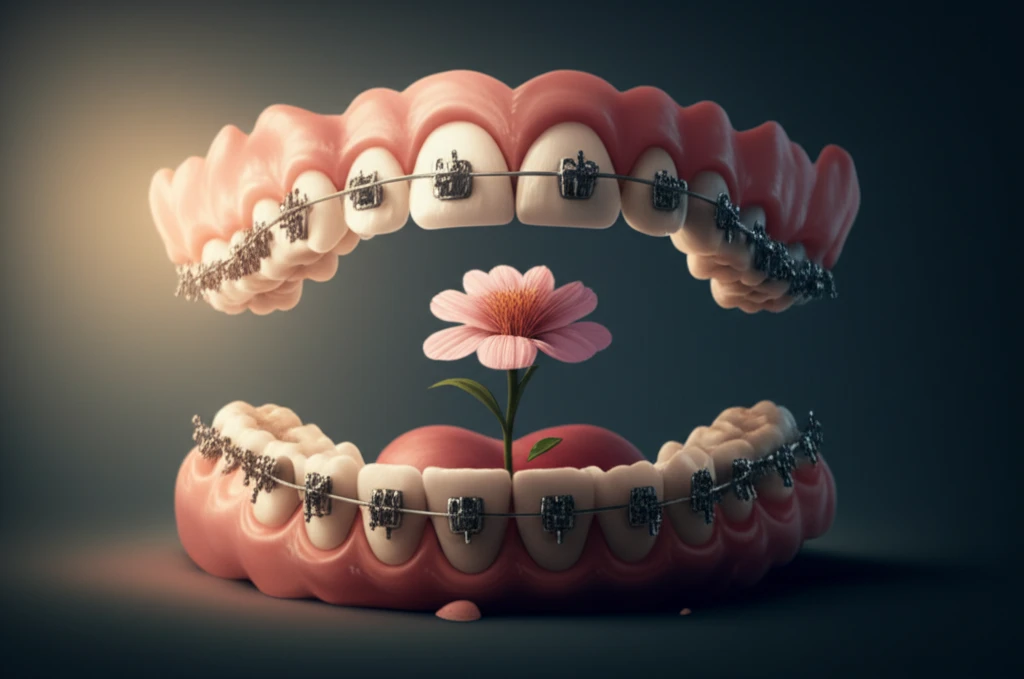
From Crooked Smile to Confident Beam: One Woman's Jaw Journey
"Discover how a combined orthodontic and surgical approach corrected a rare jaw condition, transforming both appearance and quality of life."
Imagine waking up one day and noticing your jaw is shifting, your smile becoming increasingly uneven. That was the reality for a young woman who sought treatment for a progressively worsening facial asymmetry. This wasn't just about aesthetics; it was a sign of a deeper issue—a mandibular condylar osteochondroma (OC), a rare benign tumor affecting her jaw joint.
Osteochondromas, while typically non-cancerous, can cause significant problems when they occur in the temporomandibular joint (TMJ). Because these tumors grow slowly, the changes they cause are not as noticeable. However, this can lead to noticeable facial asymmetry, misaligned bites, and functional difficulties as the tumor gradually alters the structure of the jaw.
This article delves into a fascinating case study that showcases the journey of a patient with OC, highlighting the complex diagnosis, treatment planning, and the innovative combination of lingual orthodontics and surgical intervention required to restore her smile and facial harmony. By understanding her experience, it provides an insight into how to treat this rare and complex condition to get the best outcome.
Decoding the Deformity: How is Osteochondroma Diagnosed?

The first step in addressing any medical condition is an accurate diagnosis. In this patient's case, her history of previous orthodontic treatment was vital. Comparing her old records to her current condition helped doctors see exactly how the osteochondroma had changed her jaw over time. These changes included:
- Radiographic Imaging: Panoramic radiographs showed an unusual radiopaque area with mixed density in the right condylar region. Bone Scintigraphy: A bone scan revealed increased metabolic activity in the right TMJ, confirming the presence of the OC.
- Histological Examination: After surgical removal, a microscopic examination of the tissue confirmed the diagnosis of osteochondroma.
A Winning Smile and a Balanced Profile: The Takeaway
This case study provides a valuable insight into the diagnosis and comprehensive treatment of mandibular condylar osteochondroma. Combining a meticulous diagnostic approach with advanced surgical and orthodontic techniques improved a Class III malocclusion, a deviated midline, and facial asymmetry. The successful result of this case is a testament to the power of collaborative, carefully planned treatment in managing rare and complex craniofacial conditions.
